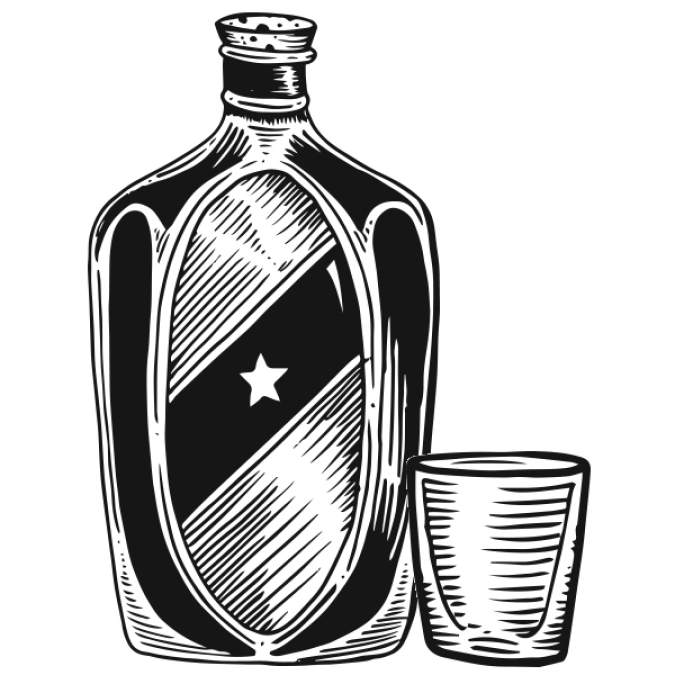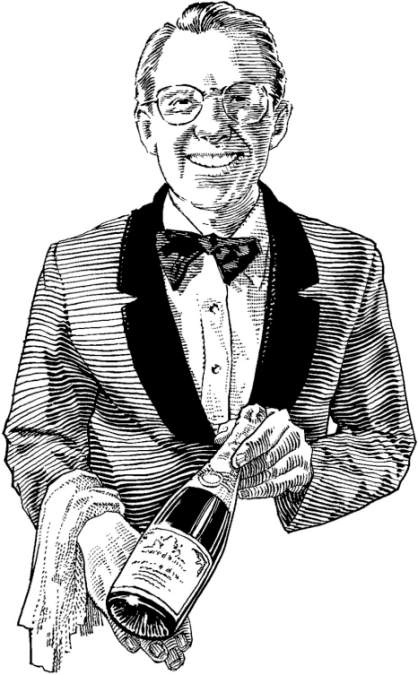Taste Washington is an incredible opportunity for wine lovers. But what rarely gets talked about is how it’s also a very challenging couple of days for wineries. There’s the simple fact that pouring wine for thousands of people takes a lot of energy and patience, and the more complex reality that standing out in a sea of wine (plus beer and cider) is getting ever more difficult. I thought I’d get some perspective from a few of the folks serving you this weekend to see what they’re looking forward to—or not.
“The biggest challenge at Taste Washington is standing out,” explains Madeleine Richards of Rotie Cellars. “When there are literally hundreds of wineries in attendance, no one can taste them all, and palate fatigue is certainly an issue.” By the end of an afternoon of tasting, only the boldest or strangest wines can even register. So do a little homework ahead of time and map out the places you really want to try.
Figuring out how to talk to guests can be a challenge as well. Fall Line’s Tim Sorenson has changed his approach with experience: “I used to discuss my wines in the context of ‘new world’ and ‘old,’ ” he explains. “Now I mostly talk about my style of winemaking—towards the end of minimal intervention—and what that generally means for the wines’ characteristics. I talk, too, about the specific vineyards and growers I work with.”
My perception was that the biggest opportunity for smaller wineries was to get their juice in front of local wine lovers. Turns out I was mostly wrong. “For very well-known wineries, Taste seems to be a great opportunity to connect with media and trade representatives and consumers alike,” Sorenson tells me. For others like Fall Line—known but not “very well known”—the prospect of trade and/or media connections tends to loom larger. While new consumer connections can be and are made, Taste is sort of an overwhelming event (in a good way) for most indivudals by the end of the day. But chances are that these smaller guys will be super-appreciative if you stop and ask them about their wines—and you may find a new favorite winery.
You might think that after two days of pouring, reps at Taste would be a bit burned out, but not so. For many of them it’s also a chance to catch up with old friends, explore new wine, and scope out what the competition might be up to. So don’t hesitate to engage with them.
Personally, I’m always eager to try Gramercy’s new releases. I also like to find at least one winery I am not familiar with; I’ve heard good things about Avennia, so I’ll make a point to visit them. I’ll also check out new releases from DeLille and DenHoed and see friends at Tranche, Kerloo, Somme des Parties, Proper, and Seven Hills, among others, for a taste of their latest efforts. All of these are among my favorite Walla Walla wineries. Going to Taste? Tell us what you’re most excited to try!
thebarcode@seattleweekly.com
TASTE WASHINGTON Four Seasons, 99 Union St., and other locations, tastewashington.org, $90–$205, March 26–29.







